COSPAR ID 1999-030A Period 1.5 hours Launch date 27 May 1999 Landing date 6 June 1999 | SATCAT no. 25760 Apogee 340,000 m Dates 27 May 1999 – 6 Jun 1999 | |
 | ||
Mission type ISS assemblyISS logistics Mission duration 9 days, 19 hours, 13 minutes, 57 seconds Distance travelled 6,000,000 kilometres (3,700,000 mi) Members Kent Rominger, Rick Husband, Daniel T. Barry, Ellen Ochoa, Tamara E. Jernigan, Julie Payette, Valeri Tokarev | ||
STS-96 was a Space Shuttle mission to the International Space Station (ISS) flown by Space Shuttle Discovery, and the first shuttle flight to dock with the International Space Station. The shuttle carried the Spacehab module in the payload, filled with cargo for station outfitting. STS-96 launched from Kennedy Space Center, Florida, on 27 May 1999 at 06:49:42 AM EDT.
Contents
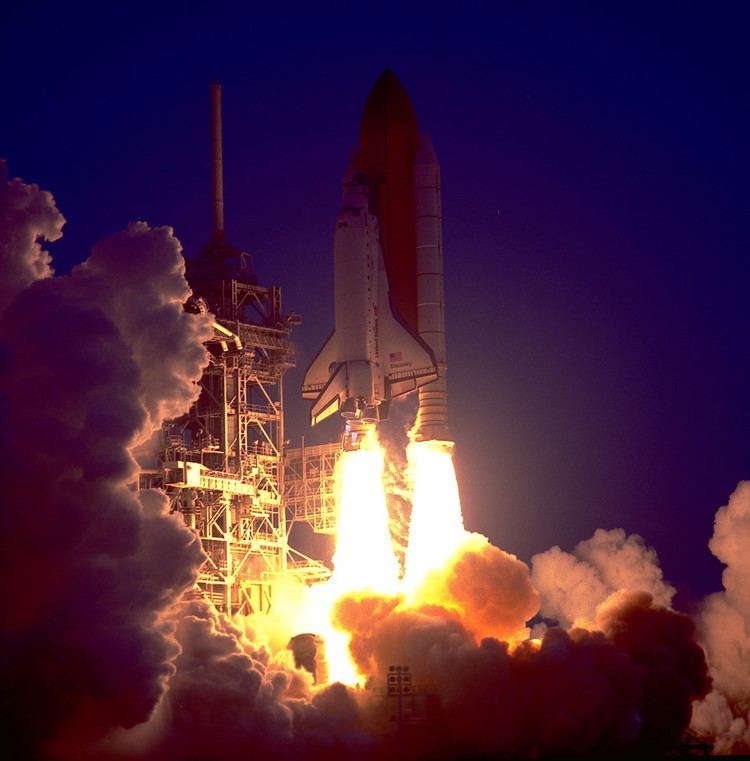
Space walk
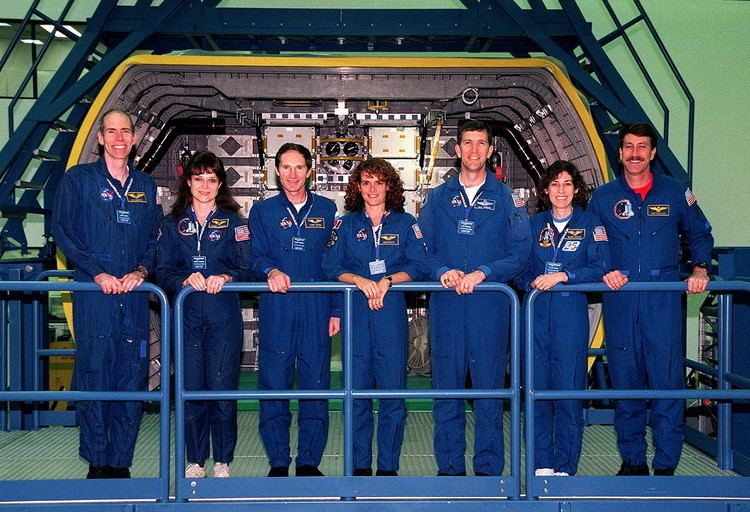
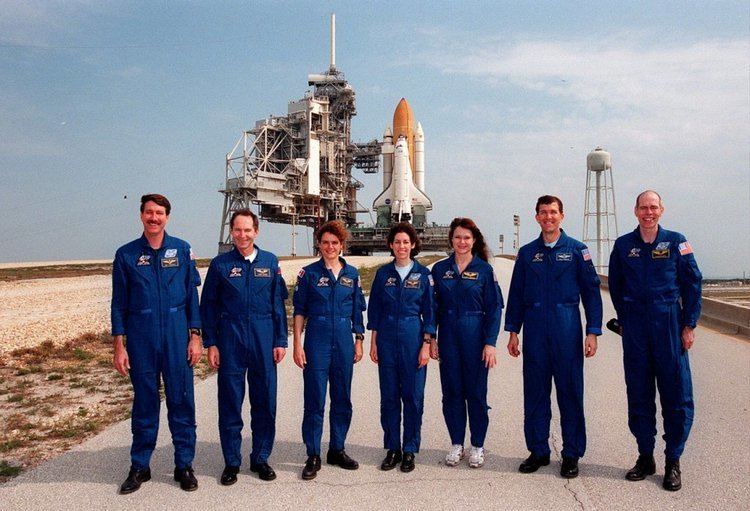
STS-96 was a logistics and resupply mission for the International Space Station carrying the Spacehab Double Module (DM) 13th Spacehab overall (6th dual module use).
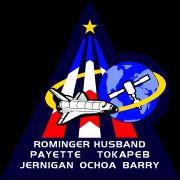
The Discovery carried to the ISS an Integrated Cargo Carrier (ICC) with parts for the Russian cargo crane STRELA, which was mounted to the exterior of the Russian station segment. Furthermore, the ICC carried the SPACEHAB Oceaneering Space System Box (SHOSS) and the "ORU Transfer Device" (OTD), an U.S. built crane.
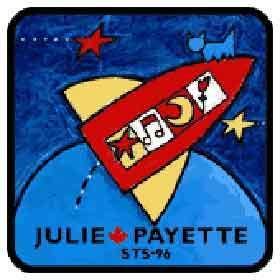
Other payloads on STS-96 were the Student Tracked Atmospheric Research Satellite for Heuristic International Networking Equipment (STARSHINE), the Shuttle Vibration Forces Experiment (SVF) and the Orbiter Integrated Vehicle Health Monitoring – HEDS Technology Demonstration (IVHM HTD).

The STARSHINE satellite consists of an inert, 483 millimetres (19.0 in) hollow sphere covered by 1,000 evenly distributed, flat, polished mirrors, each 1 inch in diameter. The payload consists of the STARSHINE satellite, integrated with the Pallet Ejection System (PES), then mounted inside a lidless carrier. The HH equipment consists of one HH Lightweight Avionics Plate (LAP), then mounted inside a lidless carrier. Additional HH equipment consists of one Hitchhiker Ejection System Electronics (HESE), one 5.0 cubic-foot (142 L) HH canister, and one Adapter Beam Assembly (ABA). The purpose of the mission was to train international student volunteer observers to visually track this optically reflective spacecraft during morning and evening twilight intervals for several months, calculate its orbit from shared observations, and derive atmospheric density from drag-induced changes in its orbit over time.
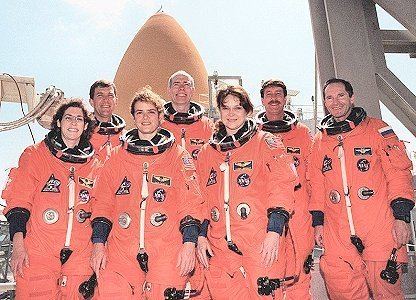
The Shuttle Vibration Forces (SVF) Experiment provided flight measurements of the vibratory forces acting between an aerospace payload and its mounting structure. The force transducers were incorporated into four custom brackets which replaced the existing brackets used to attach the 5 ft (1.5 m) standard canister to the side wall GAS adapter beam. The payload was activated automatically by the Orbiter Lift-off vibration and operated for approximately 100 seconds. STS-96 was the second flight of the SVF experiment.
The purpose of the Orbiter Integrated Vehicle Health Monitoring- HEDS Technology Demonstration (IVHM HTD) was to demonstrate competing modern, off-the-shelf sensing technologies in an operational environment to make informed design decisions for the eventual Orbiter upgrade IVHM. The objective of IVHM was to reduce planned ground processing, streamline problem troubleshooting (unplanned ground processing), enhance visibility into systems operation and improve overall vehicle safety.
A copy of Blizzard Entertainment's StarCraft real-time strategy game was also flown aboard STS-96. It resides at Blizzard's headquarters in Irvine, CA.
Wake-up calls
NASA began a tradition of playing music to astronauts during the Gemini program, which was first used to wake up a flight crew during Apollo 15. Each track is specially chosen, often by their families, and usually has a special meaning to an individual member of the crew, or is applicable to their daily activities.
